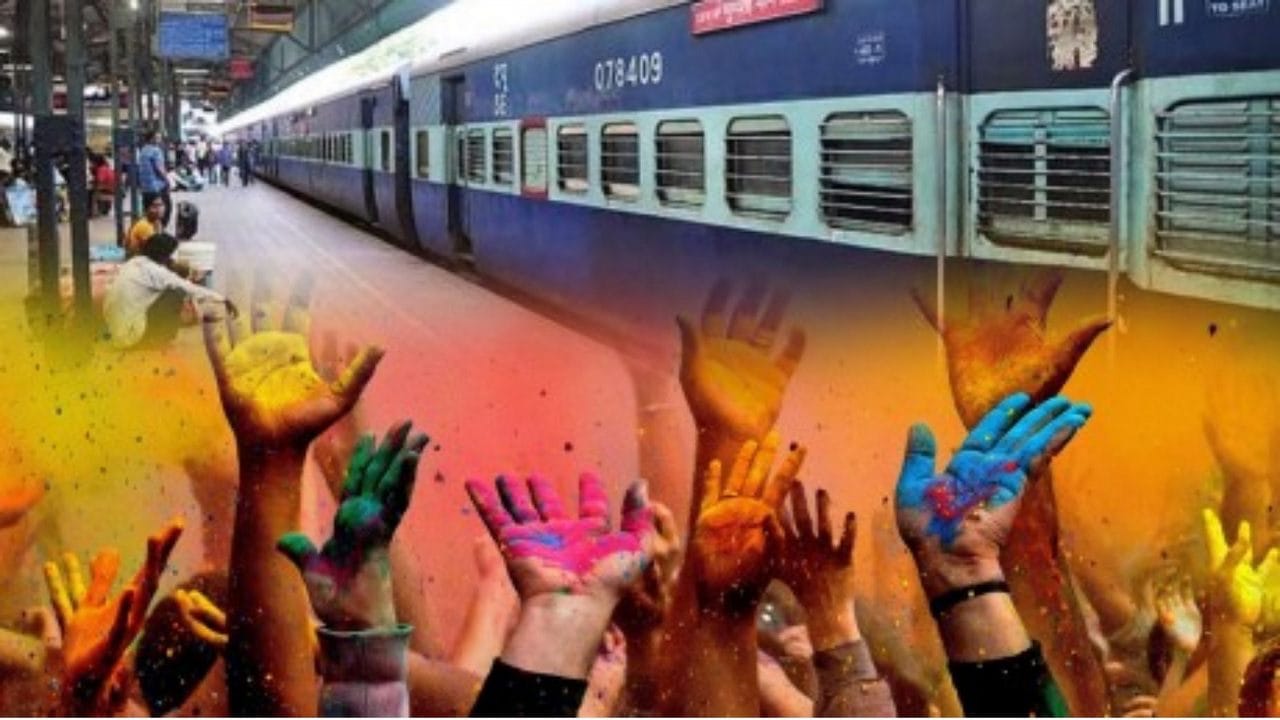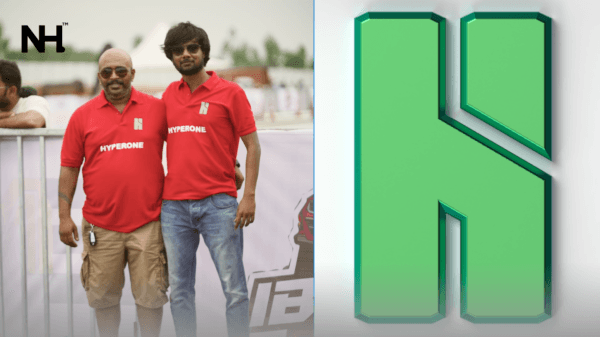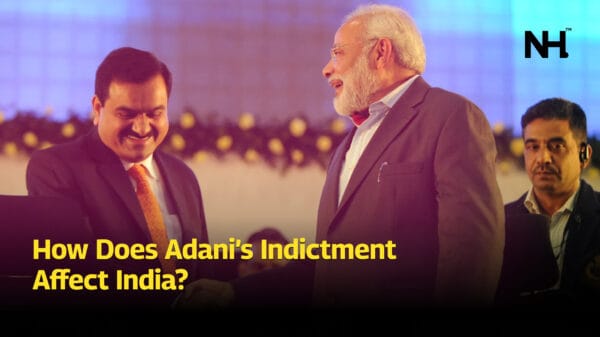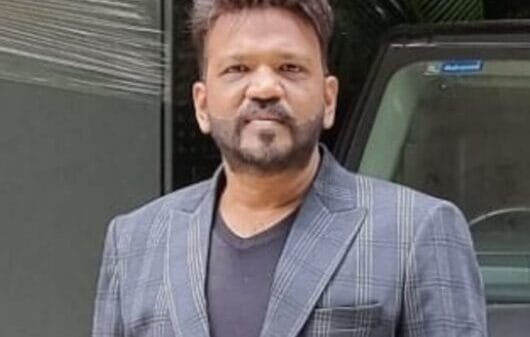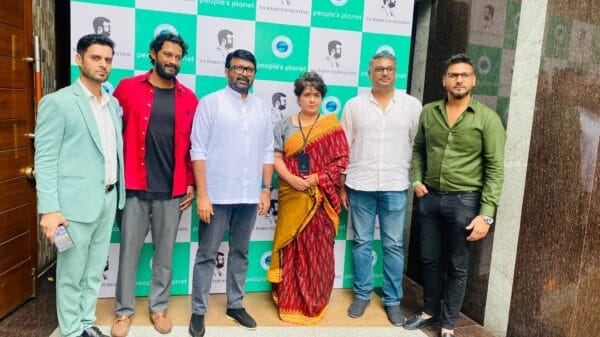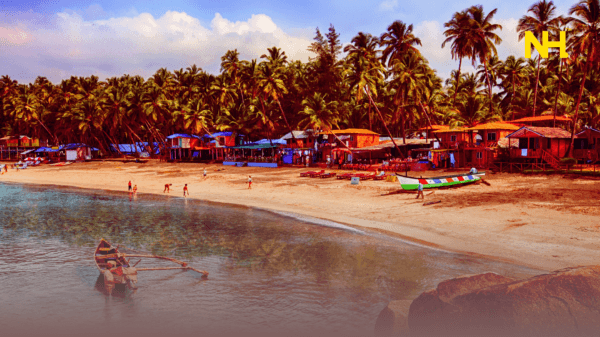The Indian Navy got a new ensign, shedding hints from its colonial past on the representational flag of the force and drawing from the legacy of Chhatrapati Shivaji Maharaj. An ensign is essentially a flag bearing a particular design that is carried by vessels or the formation of a naval force, indicating its identity and denoting nationality, especially on the high seas.
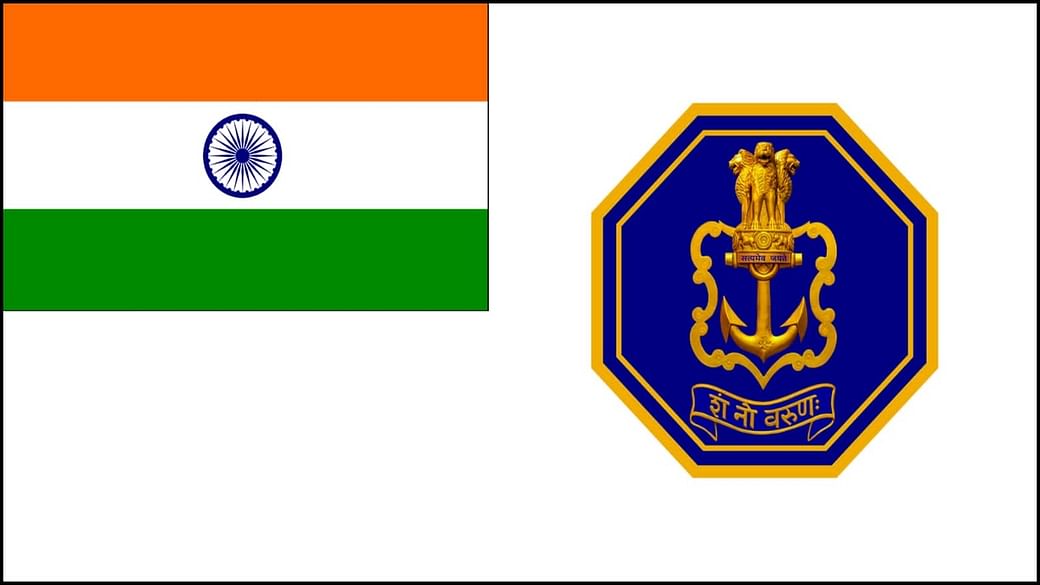
Keeping Shivaji Maharaj’s reference in mind, we really need to think and assess if Shivaji from the Maratha empire was the founder of the Indian Navy or if there were predecessors, before him…?
Full Analysis
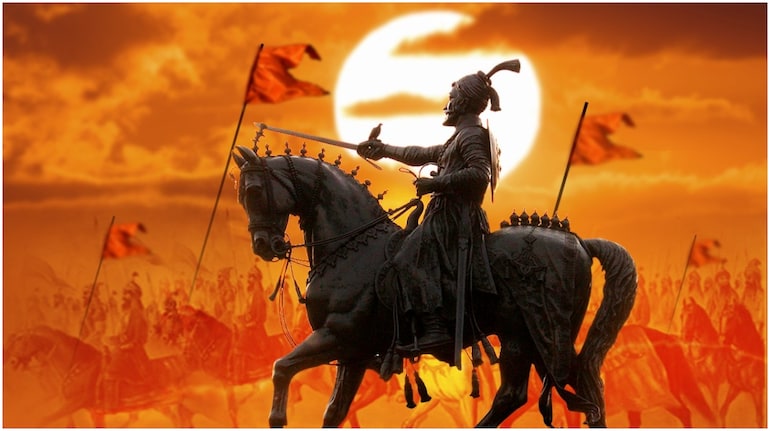
The Mughals began to rule parts of India in 1526, since they arrived overland from the North and won all the land battles decisively, they overlooked the naval arm of their armed forces.
When the Portuguese arrived in India and started monopolizing and controlling trade on the western coast of the continent. Chhatrapati Shivaji, founder of the Maratha Empire realized the significance of a robust naval force that laid the foundations for the primary keel of a Maratha naval vessel in a creek near Kalyan circa 1654.
Shivaji built a strong naval presence across the coast of Konkan and Goa to protect sea trade. The navy that was built by Shivaji was feared by the Dutch, Portuguese, and British as they failed to capture and attack the Maratha navy multiple times with allied forces yet ended up being brutally defeated. The Portuguese didn’t pose a colonial threat to India anymore with the amount of military left after the battle against the Maratha naval forces and allied with the British. The Navy under Shivaji protected the western Konkan coastline against numerous attacks and fought many lengthy battles with Siddis of Janjira. He worked majorly towards strengthening the navy which gave the basis for the origination of our own Indian naval forces.
He also built ships in towns such as Kalyan, Bhivandi, and Goa for building a fighting navy as well as trade. Shivaji’s admiral Kanhoji Angre is also often said to be the “Father of the Indian Navy” for his exceptional strategies and service in strengthening the existing naval forces.
Quoting from the government…
“India still fights its battles largely depending on the navy and thus practices the lessons we have learned from the great Maratha ruler. Chhatrapati Shivaji Maharaj, thus, still lives and will continue to live in the soul of India because he was not only a ruler but was also an idea. And ideas never die.”
Here’s the catch…
Despite the fact that dynasties like The Mauryans, Guptas, and The Cholas, who had an established naval force that conducted successful naval expeditions along the Ganges as well as repeated embassies to China, he is considered the father of Indian naval forces because of his great efforts and work towards establishing a safe, secure and vast naval forces and bases across the Konkan coastline.
The Cholas however are the flag bearers of the naval concept. Though they did not have a modern standing navy, they used their naval presence in a strategic manner by having strong trade relations with different nations. They also used their ships to land armies in different nations and capture those areas, for instance, Cholas ruled over Sri Lanka for over 50 years.
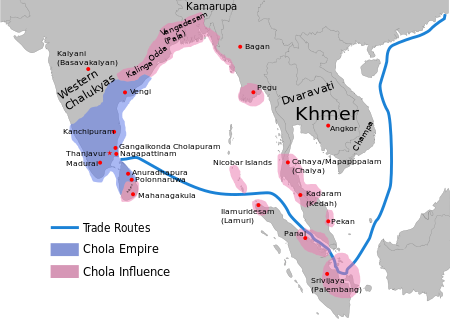
Between the 9th and 13th centuries, the Chola Navy helped expand the empire with Naval expeditions to the Pala of Pataliputra, along the Ganges and the Chola invasion of Srivijaya (present-day Indonesia) in 1025 CE, as well as repeated embassies to China. The Chola Navy declined in the 13th century when the Cholas fought land battles with the Chalukyas of the Andhra-Kannada area in South India, and with the rise of the Pandyan dynasty.
Chola record mentions ships as an important part of their military. Rajendra Chola’s inscriptions mentioned the term kalam, which is a usual term for a ship. Tamil inscription of 1088 from Barus, Sumatra, and dated to 1088 mentioned marakkalam (timber ship). The size of the ship and where it was constructed are unknown.

Coins of Chola period showing ships
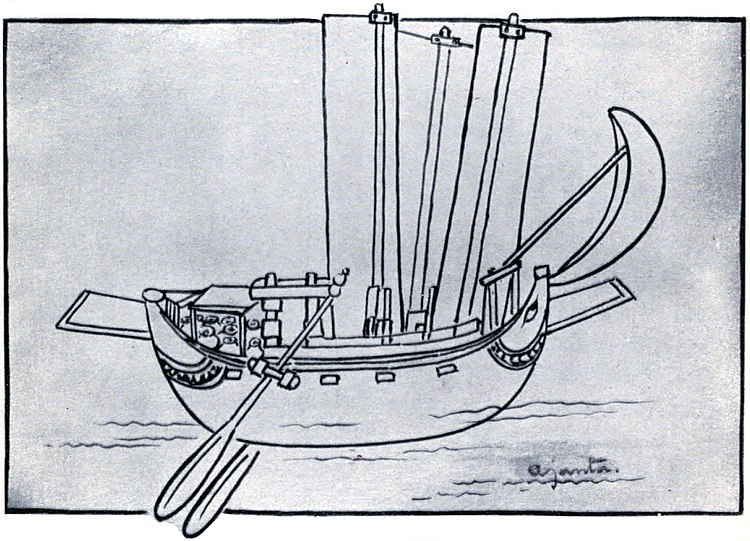
Murals from the Ajanta Caves


